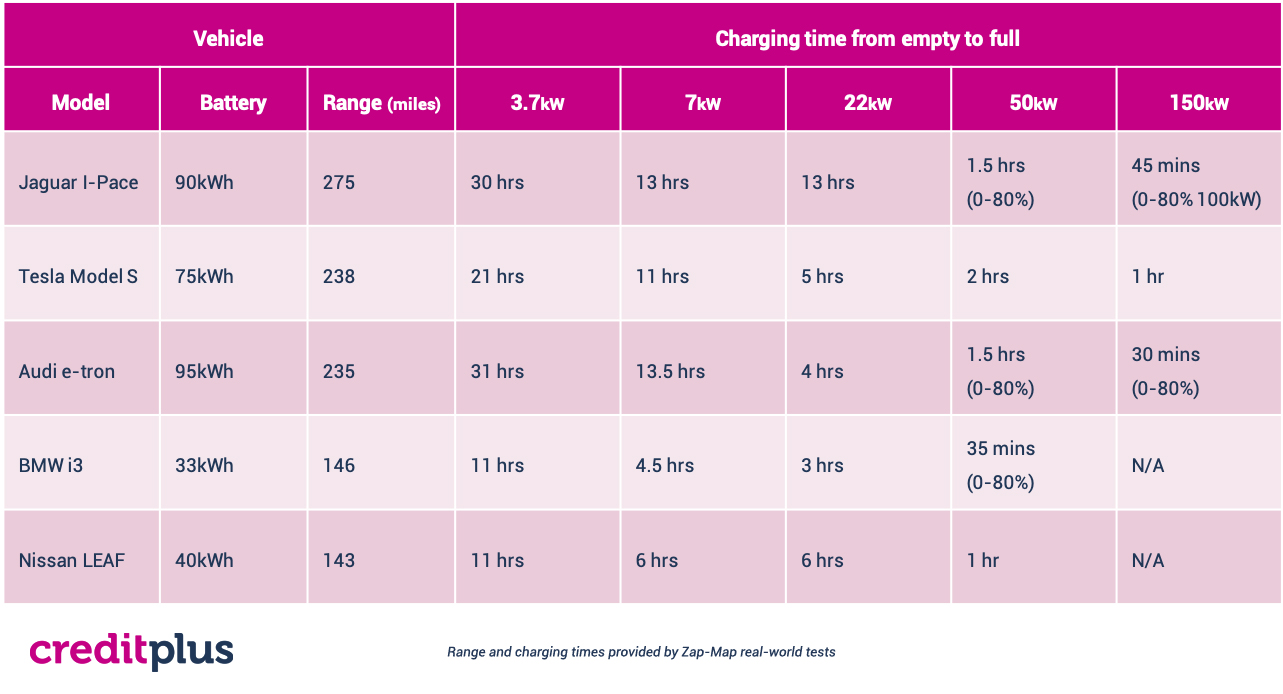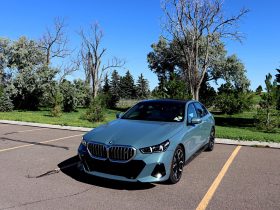Electric cars are becoming an increasingly popular choice among motorist’s day by day. As a result, there’s now a much wider choice of electric vehicles, offering vast improvements in performance and technology. But although sales have seen decent growth in 2019, there is still a lack of infrastructure for this nascent sector, meaning there is a lack of high-power charging facilities and this could be one of the biggest factors preventing motorists from making the electric leap. But should you let this hold you back?
Charging an EV from 0-100% may take longer than filling your tank up at the nearest petrol station, but by ‘top-up’ charging, you can often eliminate the need to fully charge your EV.
Depending on the charging point, an electric car can go from empty to full in anywhere from an hour to 31 hours. The charging points you install at home will typically be either 3.7kW or 7kW (as 22kW+ charging requires expensive additional work), which means these are best suited to overnight charges which should take the battery back up to 80% or full.
In places you’d typically stop for a few hours at a time, such as gyms, shopping centres and workplaces, the chargers will range in power from 7kW to 33kW – making them ideal for top-up charging, just like with your phone.
50kW rapid chargers are usually the quickest option available as these chargers make up roughly 22% of public charging infrastructure. They will normally get you from 0-100% with 1 hour of charging.
Newer EVs and Tesla’s model S, X and 3 are compatible with 150kW but despite these chargers being one of the most efficient and fastest, there are very few of these charging points available.
It’s worth noting too that all electric cars can charge with a higher power charger, as long as it’s a compatible plug. The vehicle will simply limit the power to the maximum amount it can handle.
Taking the phone charging analogy further, with petrol and diesel cars there is very rarely a time when the lack of gas stations becomes a worry. There is usually one within a few miles and you have an accurate picture of how far your car has left in the tank. The range of electric cars can fluctuate a lot more than traditional vehicles, coupled with the aforementioned lack of infrastructure, meaning that it’s not always possible to run the car to empty before charging again. If instead, you top-up with the charger that’s available to you then there may often be no need to ever charge from 0-100%, meaning the touted charging times to full isn’t a good indicator of speed.
To compare some of the most popular electric cars by charging time, Creditplus have put together an infographic and table. Using the table, and the power supply you anticipate using, you’ll be able to see how much range you’d get from a hour of charging – which could be the remedy to range anxiety.








